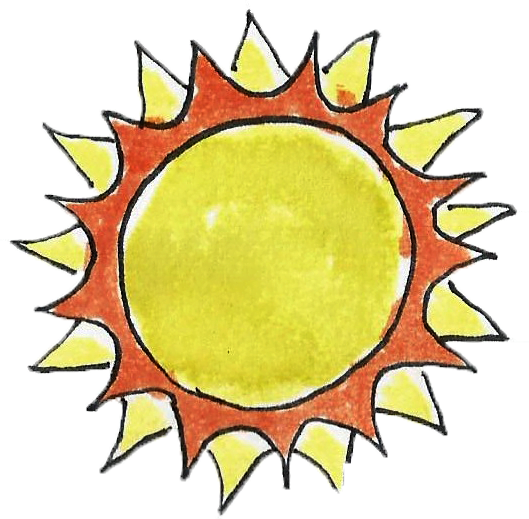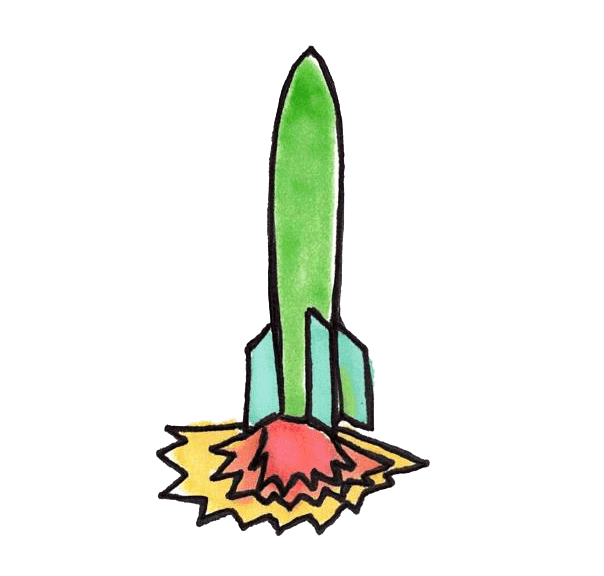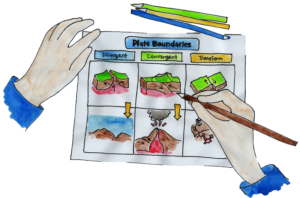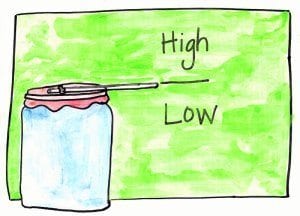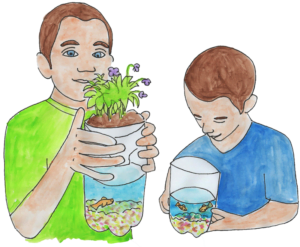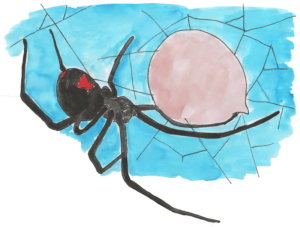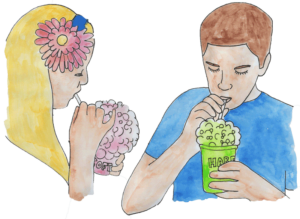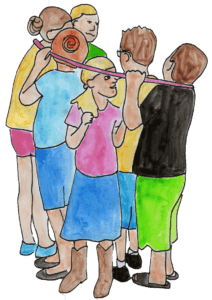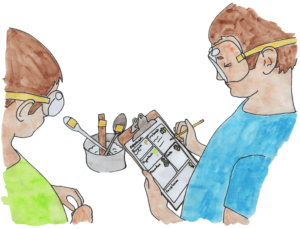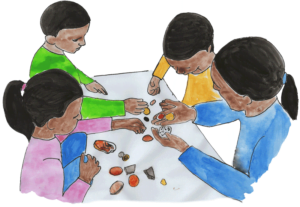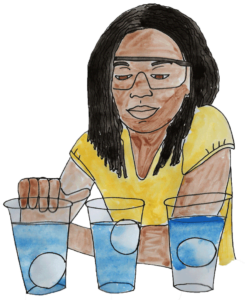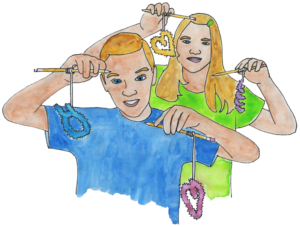Science
Layers of Learning science dives in to biology, earth science, chemistry, and physics with hands-on experiments, demonstrations, field trips, and printables. You can try some of these experiments and activities with your kids to see how it can work family-style, with everybody experimenting together.
How To Teach About Stars With Sun Catchers
This sun catcher craft is from the sidebar of Layers of Learning Unit 1-2. It is an add-on activity to help you explore even more than what’s in the unit while you learn all about stars.
Read MoreHow To Build a PVC Rocket
Build a pvc rocket with your family and explore how rapidly expanding gases can create a great deal of force.
Read MorePlate Tectonics
Plate tectonics is the unifying theory of geology. It explains how the whole surface of the earth changes and why it looks the way it looks. Use printables and coloring to teach these concepts to your kids.
Read MoreHomemade Thermometer and Barometer
Learn to make a homemade thermometer and homemade barometer to really understand how these weather tools work.
Read MoreHow to Build a Pop Bottle Ecosystem
Pop bottle ecosystems show how living and non-living parts of the environment interact and depend on each other.
Read MoreLife Cycle of a Spider Printable Lesson
The life cycle of a spider printable with book suggestions, info on the life cycle of the black widow, and a video to watch.
Read MoreHard Water Experiment
Dissolve some calcium in water to see how soap is affected by minerals in hard water. Along the way you’ll learn abut some of the properties of water.
Read MoreExplore Solids, Liquids, and Gases
Get a bunch of kids together and have them climb into a hula hoop to demonstrate the tightly packed molecules of a solid then the looser packed molecules of a liquid and the widely space molecules of a gas.
Read MoreHeat Conduction Experiment
This is an easy experiment with household materials to show how metal conducts heat better than wood or plastic.
Read MoreLearning About Rocks Identification Exploration
Learn about rocks, from formation to identification, and get a printable rock cycle worksheet.
Read MoreFloating Eggs Experiment About Density
Float an egg in salt water and plain water to do some density tests. Then calculate density with your older students.
Read MoreHow To Grow Crystals Overnight
Grow your own crystals overnight then examine them through a magnifying glass. Look for faces and vertexes. Compare the crystals you grew to ones that form under the earth.
Read More
